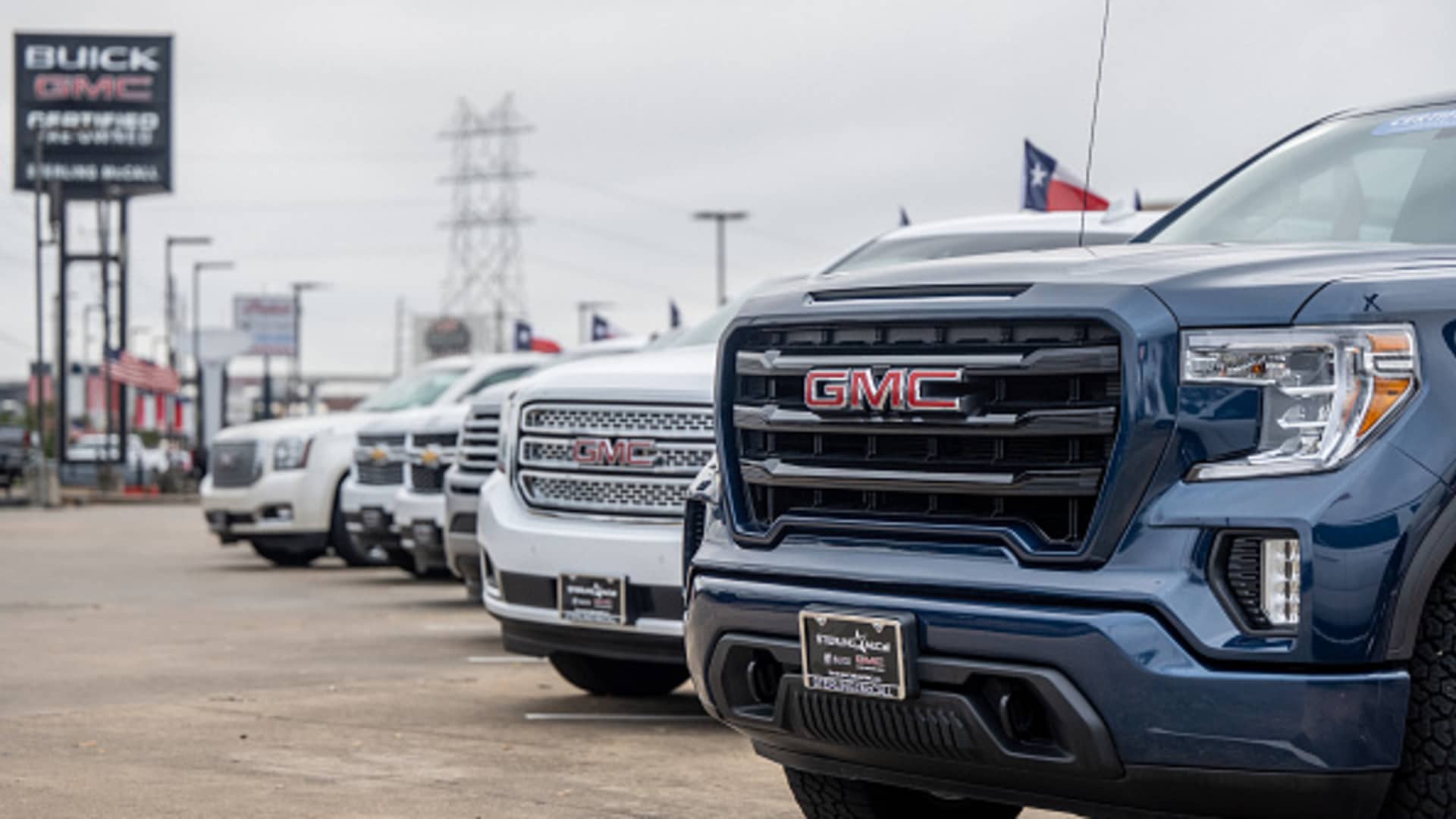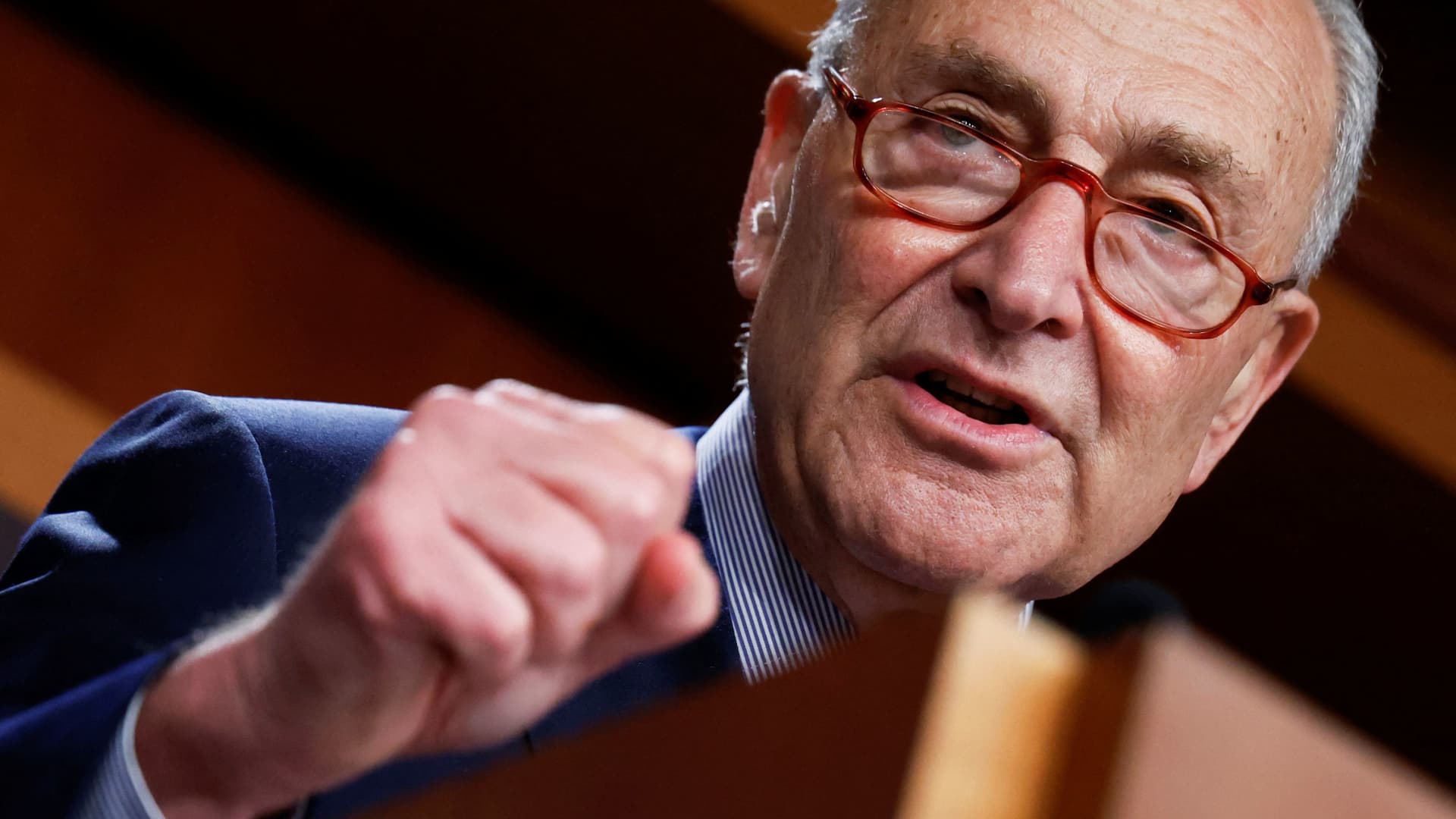US Markets
Thursday, May 30th, 2024 4:23 pm EDT
Key Points
- Improved Sales Performance and Guidance: Foot Locker’s comparable sales declined by only 1.8% in the fiscal first quarter, better than the expected 3.1% drop, and the company reaffirmed its fiscal year guidance, projecting sales to range between a 1% decline and a 1% gain, leading to a 30% surge in stock.
- Strategic Initiatives and Consumer Behavior: CEO Mary Dillon emphasized the success of the “Lace Up” turnaround plan, including enhancements to the FLX rewards program, a revamped mobile app, and improved brand partnerships, with a particular focus on re-engaging with Nike during the holiday quarter. Despite inflation pressures, the average selling price increased, indicating consumer willingness to pay full price for desired products.
- Challenges and Future Outlook: Foot Locker faces ongoing challenges with inflation-impacted consumers, a reduction in product releases from key brand partner Nike, and underperformance from its Champs Sports division. However, efforts to revamp stores and the introduction of the “store of the future” concept aim to attract better products from brands and increase consumer preference for Foot Locker over competitors.
Foot Locker’s turnaround efforts are beginning to yield positive results. The sneaker retailer reported a 1.8% decline in comparable sales during its fiscal first quarter, significantly better than the 3.1% drop analysts had anticipated, as per StreetAccount. Additionally, Foot Locker reaffirmed its fiscal year guidance, projecting sales to range between a 1% decline and a 1% gain, surpassing the 0.6% decline forecasted by analysts according to LSEG. This optimistic outlook contributed to a 30% surge in Foot Locker’s stock in early trading on Thursday.
Foot Locker’s performance in the quarter exceeded Wall Street expectations: adjusted earnings per share were 22 cents, compared to the expected 12 cents, while revenue matched analysts’ expectations at $1.88 billion. However, the company’s net income for the quarter ending May 4 was $8 million, or 9 cents per share, a decrease from $36 million, or 38 cents per share, the previous year. After adjustments for one-time items, including costs related to store closures and restructuring, earnings stood at 22 cents per share. Sales decreased to $1.88 billion, down from $1.93 billion the previous year.
For the full year, Foot Locker forecasts adjusted earnings per share between $1.50 and $1.70, exceeding the $1.57 expected by analysts. The company also anticipates comparable sales growth of 1% to 3%, higher than the 1.5% expected by analysts. CEO Mary Dillon attributed the positive start to the year to the company’s Lace Up Plan, highlighting enhancements to the FLX rewards program and a revamped mobile app as key drivers of customer engagement and sales. Dillon also noted growth opportunities with brand partners, including a renewed relationship with Nike anticipated to boost sales during the holiday quarter.
Despite the progress, Foot Locker continues to face challenges. The retailer’s core consumers, who are more affected by inflation, have caused sales to decline consistently. Additionally, Foot Locker has dealt with unpredictable brand partners like Nike, which reduced its new releases to Foot Locker stores. Nike’s CEO John Donahoe admitted the brand had previously overemphasized its own stores and website at the expense of wholesalers but is now reinvesting in retail partnerships as part of its turnaround strategy.
Foot Locker’s Champs Sports division significantly dragged down overall business performance, with a 13.4% drop in comparable sales and nearly a 19% decline in overall revenue for the quarter. The retailer had to rely on promotions to drive sales, leading to a loss of Wall Street’s confidence and a 28% drop in shares year to date as of Wednesday’s close.
However, signs of improvement are emerging. Despite ongoing inflation pressures, Foot Locker’s average selling price increased during the quarter, indicating that consumers are willing to pay full price for desirable products. Dillon emphasized that footwear remains a priority for their consumers, who allocate their limited discretionary income to this category.
Dillon has also focused on revitalizing Foot Locker’s stores, which account for about 80% of annual sales. This includes opening new off-mall locations, closing underperforming stores, and refreshing existing ones. The company unveiled its “store of the future” concept in April, transforming the traditional Foot Locker format into a “house of brands” that has been well-received by brand partners.
Overall, while Foot Locker still faces significant challenges, the company’s strategic initiatives and positive early results suggest a potential for sustained improvement and recovery in the future.
For the full original article on CNBC, please click here: https://www.cnbc.com/2024/05/30/foot-locker-fl-earnings-q1-2024.html




